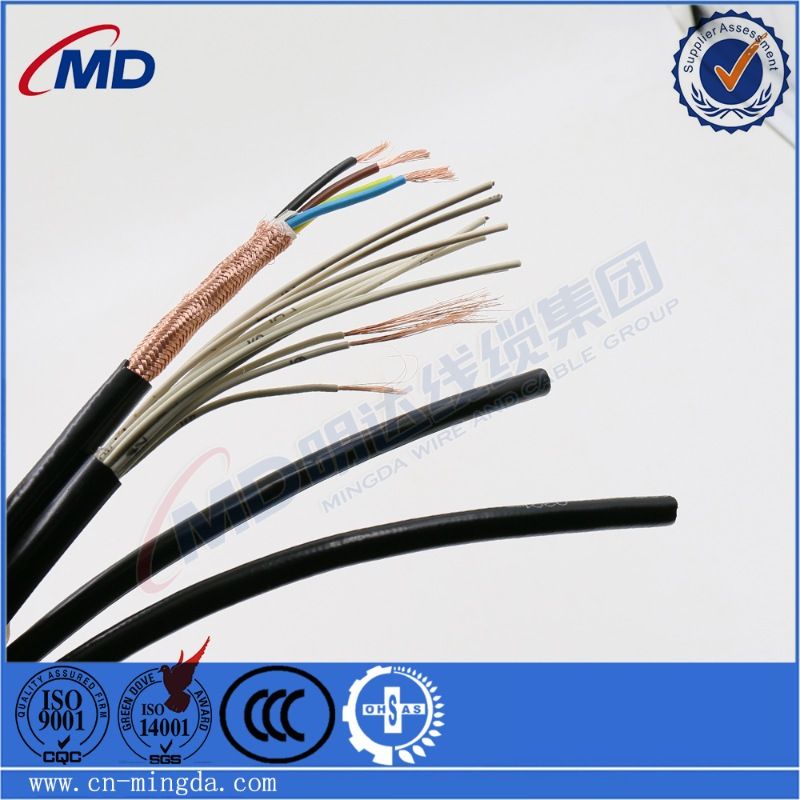Dec . 06, 2024 14:54 Back to list
actuated ball valve
Understanding Actuated Ball Valves A Vital Component in Fluid Control Systems
In modern industrial operations, precision and efficiency in fluid control are paramount. One type of valve that has gained significant popularity in various applications is the actuated ball valve. These valves are integral to many systems, particularly in chemical processing, water treatment, and oil and gas industries, due to their ability to provide reliable performance and enhanced operational control.
What is an Actuated Ball Valve?
An actuated ball valve is a type of quarter-turn valve that consists of a spherical disc (the ball) with a hole through its center. When the ball is aligned with the flow, the valve is open, allowing fluid to pass through. Conversely, when the ball is turned 90 degrees, the flow is blocked, and the valve is closed.
The actuated aspect refers to the valve's ability to be operated remotely or automatically using an actuator. There are generally two types of actuators used electric and pneumatic. Electric actuators use an electric motor to rotate the valve stem, while pneumatic actuators use compressed air to achieve the same result. This automation enhances safety and efficiency, particularly in systems that require frequent adjustments or monitoring.
Advantages of Actuated Ball Valves
The popularity of actuated ball valves can be attributed to several benefits
1. Fast Operation Actuated ball valves can switch from open to closed positions and vice versa in a matter of seconds. This quick response time is crucial in processes where fluid flow needs to be rapidly controlled.
2. Durability Made from robust materials such as stainless steel or brass, actuated ball valves are designed to withstand high pressures and temperatures, making them suitable for demanding environments.
3. Low Maintenance These valves require minimal maintenance compared to other valve types. The simple design, with fewer moving parts, reduces the likelihood of failure and prolongs the operational lifespan.
4. Versatility Actuated ball valves can be used in a wide variety of applications, including those handling corrosive fluids, slurries, and gases. Their adaptability makes them a preferred choice in many industries.
5. Ease of Control The integration of actuators allows for easy remote operation, which is a significant advantage in hazardous environments. Operators can control valve positions from a safe distance, improving safety and efficiency.
Applications of Actuated Ball Valves
actuated ball valve

Actuated ball valves are widely used across various industries due to their reliability and performance.
1. Oil and Gas In this sector, actuated ball valves control the flow of crude oil and natural gas, helping to manage pressure and optimize production.
2. Chemical Processing These valves help in the safe handling of dangerous chemicals, ensuring precise flow regulation during reactions and transport.
3. Water and Wastewater Treatment Actuated ball valves play a crucial role in controlling the supply of water and in treating wastewater, helping to maintain environmental standards.
4. Food and Beverage Industry The sanitary design of actuated ball valves makes them ideal for use in food processing, where cleanliness and hygiene are critical.
Considerations When Choosing Actuated Ball Valves
When selecting an actuated ball valve for a specific application, several factors should be taken into account
- Material Compatibility Ensure that the valve materials are compatible with the fluids being handled to prevent corrosion or contamination. - Pressure and Temperature Ratings The valve must be rated for the specific pressure and temperature conditions of the application to ensure reliable operation.
- Actuator Type Choose between electric and pneumatic actuators based on the specific needs of your system, considering factors such as availability of compressed air and the need for electrical power.
- Size and Flow Requirements The valve size will affect the flow rate and pressure drop across the system, so it's important to choose an appropriately sized valve.
Conclusion
Actuated ball valves are crucial components in fluid control systems across various industries. Their efficiency, reliability, and ease of use make them an ideal choice for many applications, ensuring that operations can run smoothly and safely. As industries continue to evolve and the demand for automation increases, the role of actuated ball valves is expected to grow, making them an essential consideration in modern engineering and fluid dynamics.
Share
-
Reliable Wafer Type Butterfly Valves for Every IndustryNewsJul.25,2025
-
Reliable Flow Control Begins with the Right Ball Check ValveNewsJul.25,2025
-
Precision Flow Control Starts with Quality ValvesNewsJul.25,2025
-
Industrial Flow Control ReliabilityNewsJul.25,2025
-
Engineered for Efficiency Gate Valves That Power Industrial PerformanceNewsJul.25,2025
-
Empowering Infrastructure Through Quality ManufacturingNewsJul.25,2025